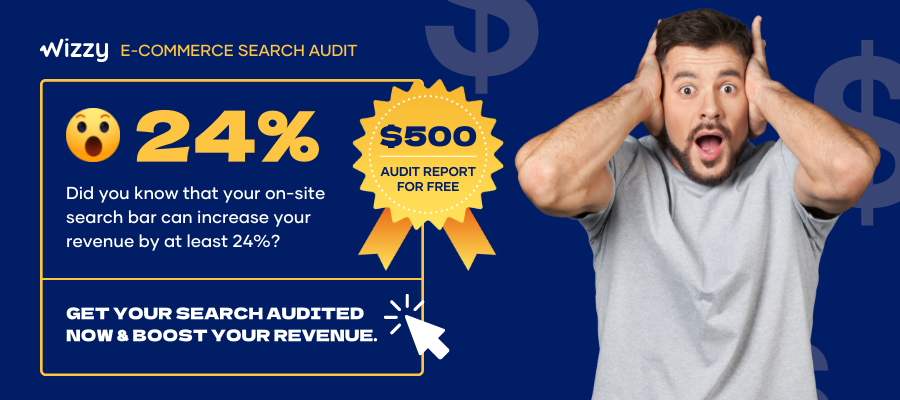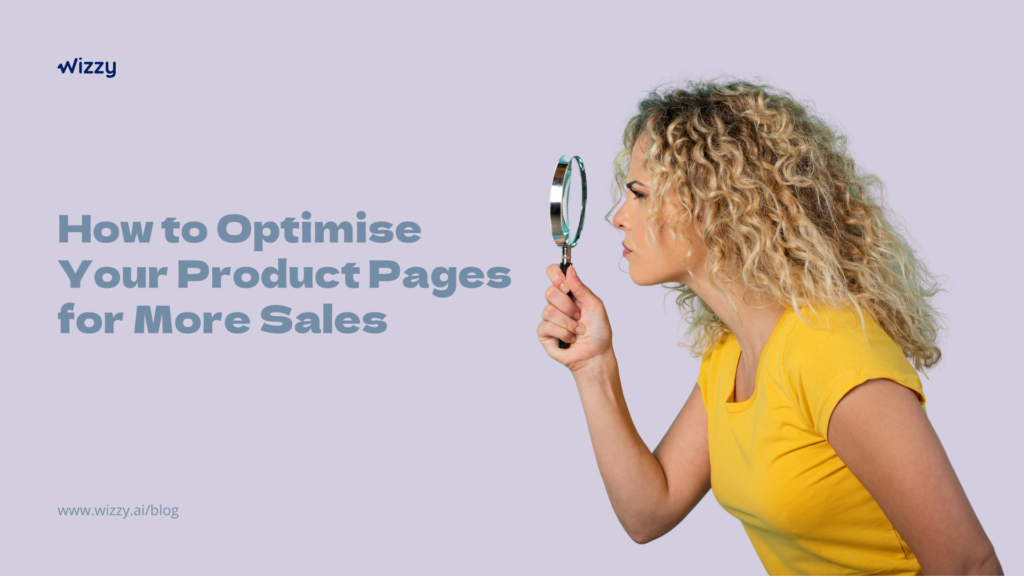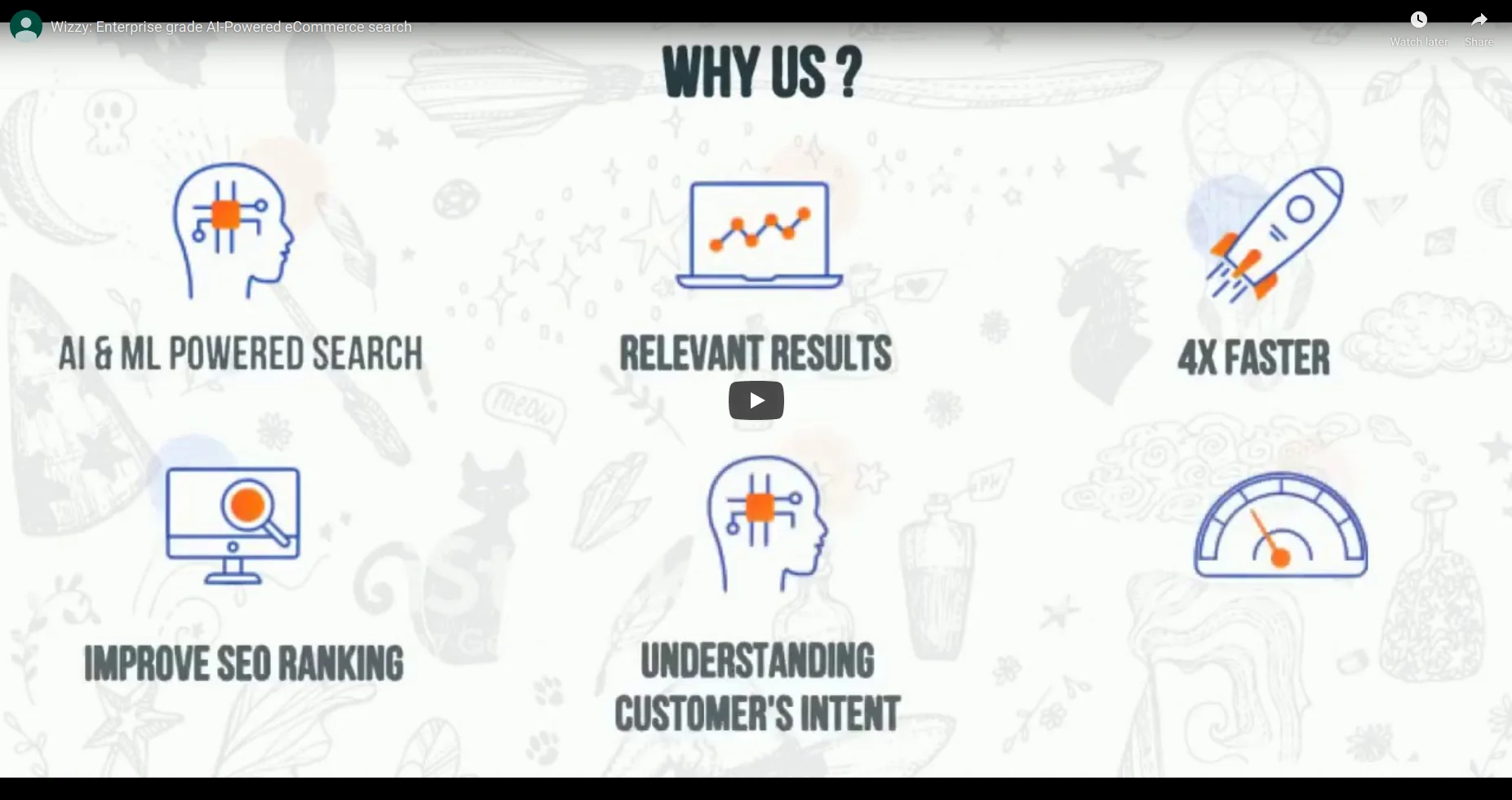| Index |
| ? The Secret to Great Product Pages ? 7 Ways to Optimise Your E-Commerce Product Pages 1️⃣ Do You Have Eye-Catching, Relevant Visual Elements? 2️⃣ Is Your Product Description Detailed And Humane Enough? 3️⃣ Does Your Website Design Offer a Smooth User Experience? 4️⃣ How Well Do Your Product Pages Match Your Brand Identity? 5️⃣ Do Your Product Pages Have Clear Call-to-Actions (CTAs)? 6️⃣ Have You Included Reviews and Ratings on Each Product Page? 7️⃣ Are Your Product Listing & Search Results Pages User-Friendly? |
It’s no secret that e-commerce product pages are a vital part of the customer journey. They’re at the frontline of your business and mean everything to lead generation and sales performance.
However, there are so many e-commerce websites out there — each of them with hundreds or thousands of products on its shelves — that it’s becoming increasingly challenging for users to know which one is right for them. That’s why you have to create an irresistible selling proposition; one that makes your products stand out from the rest online and persuades your visitors to buy.
Wondering how to do that? This blog will take you through some of the most important elements your product pages should have to boost your sales and conversions.
The Secret to Great Product Pages
People don’t shop. The research, browse and compare.
Today, your customers carry out product research online before buying anything online. So your website has to fill their informational gaps while taking charge of the entire buying workflow — from product discovery to buying.
But even when you’ve optimised your e-commerce product pages, you may still struggle with low sales. And this happens because e-commerce is a highly competitive niche, which means that you have thousands of competitors fighting for the same chunk of traffic. No wonder you do not see satisfactory conversions.
The truth is that most e-commerce product pages fail to optimise a few critical elements on their product pages. This leads to loss of leads, high bounce rates, cart abandonment and search result abandonment.
So what makes an e-commerce product page great?
● Relevant visual elements
● Detailed product description
● Smooth user experience
● Visually-appealing product listing & search results
● Branded product pages
● Clear call-to-actions
● Social proofs
Want to check if your product pages are optimised enough?
Then review your online store for these most critical elements.

Optimising Your E-Commerce Product Pages: 7 Important Things to Watch Out For
1 – Do You Have Eye-Catching, Relevant Visual Elements?
An eye-catching image or an explanatory video is key to increasing conversions on any e-commerce site.
Your visual elements shouldn’t just show off the product itself but also its useability and features. Make sure your product images are clear and of high quality to give customers a good sense of what they’re in for. If your product has intricate details, you’ll need to add a magnifier for visitors to zoom in and view.
If your product is unique or requires assistance explaining its usage, it’s best to include product videos. Product videos can increase your conversions by 64-85%, which says a lot for an e-commerce store.
Based on your products, you’ll need appropriate visual elements, be it images or videos, to give customers a clear idea of your product and its features.
2 – Is Your Product Description Detailed And Humane Enough?
While it’s vital that you show off a product visually, you also need to provide an accurate description that addresses the common questions potential customers have.
The product description should include all critical information about the product, its features, specifications and any other details a customer should know. But many e-commerce stores don’t prioritise the description and use complicated language to explain.
And this is where things get wrong.
People want to get enough information from the product pages — and they want it quickly.
So think from the buyer’s perspective and include as many details as possible in a simple, casual and interactive language, with bulleted points and highlights to make it easy to scan.
Make your description as extensive as you can, like the clothing material, the Bluetooth device’s connectivity range or the useability of a kitchen application. This will help potential customers to get all the details they need without having to reach out to you.

3 – Does Your Website Design Offer a Smooth User Experience?
A great e-commerce product page is one where users don’t have to think twice about searching for the description or customer reviews. It should be intuitive and easy to navigate for visitors to find what they’re looking for easily.
Keep in mind that users have gotten used to a systematic way of viewing a product page. And they expect the same experience across all the e-commerce websites they visit.
So, first, cut down the loading time as much as possible. Use light images, videos and design elements that don’t weigh down your website.
Next, you need to focus on the placement of the various design elements around the page. If you think the images and videos should take priority, place them in a bigger size. Or, if your product description is what your customers look for, place it within the first half of the page. If your product has different variations, make it easy for the visitor to navigate within the product pages.
A/B test various such design features to present an optimised product page that delivers a smooth shopping experience.
4 – How Well Do Your Product Pages Match Your Brand Identity?
Consistency is vital when it comes to converting shoppers into buyers. The best e-commerce websites have a consistent look and feel throughout their site. This includes their product pages, which should have a uniform design interface that works together as one cohesive unit rather than a collection of loosely related parts.
To create a branded design theme across all of your product pages, include consistent formatting, fonts, colours and layout.
5 – Do Your Product Pages Have Clear Call-to-Actions (CTAs)?
A call-to-action is a button or link on your website that encourages people to move towards a conversion. The best calls to action are clear and direct — they tell visitors exactly what they need to do next.
Your CTAs should be obvious and easy to click on so customers can add items to their carts without much effort. Based on your niche, you can also include CTAs on the product search results as well as the categories page to make it easy for visitors to directly add to the cart without visiting the individual product pages.

6 – Have You Included Reviews and Ratings on Each Product Page?
Online reviews and ratings are playing a more crucial role than you can ever imagine. 84% of customers say that online reviews are ‘important’ or ‘very important’ in their purchasing decision, according to a recent study by BrightLocal.
With customers taking the social proof of this seriously, you can leverage your positive reviews and high ratings to increase your conversions. The simplest way is to create an option for customers to leave ratings and reviews on your website directly for individual products. You can then use these ratings to persuade your leads to convert customers.
7 – Are Your Product Listing & Search Results Pages User-Friendly?
While talking about product pages, we also need to consider the user-friendliness of the product listing and search results.
The presentation, aka the layout of your product listing, is also important. Your products should be displayed in an organised manner without being too crowded or cluttered. The same applies to search results as well.
If you’re offering discounts, make sure to mention them prominently in the product listings. If you want to include the ratings of a product, you can make it visible in the search results. If a product category has many variations, then make it a point to include filters and faceted search options.
This will help the visitors to shortlist a few products directly from the list and take them quickly to a sale.
Want to include all of these features and more in your search results?
Integrate Wizzy AI — an automated search engine tool that can improve your sales by 24%!
With contextual search results and faceted search features, Wizzy leverages the power of AI and machine learning to understand your user’s intent and bring them a step closer to a conversion.
Want to see how Wizzy can work with your online store?
Book a free, no-obligation online demo today.




